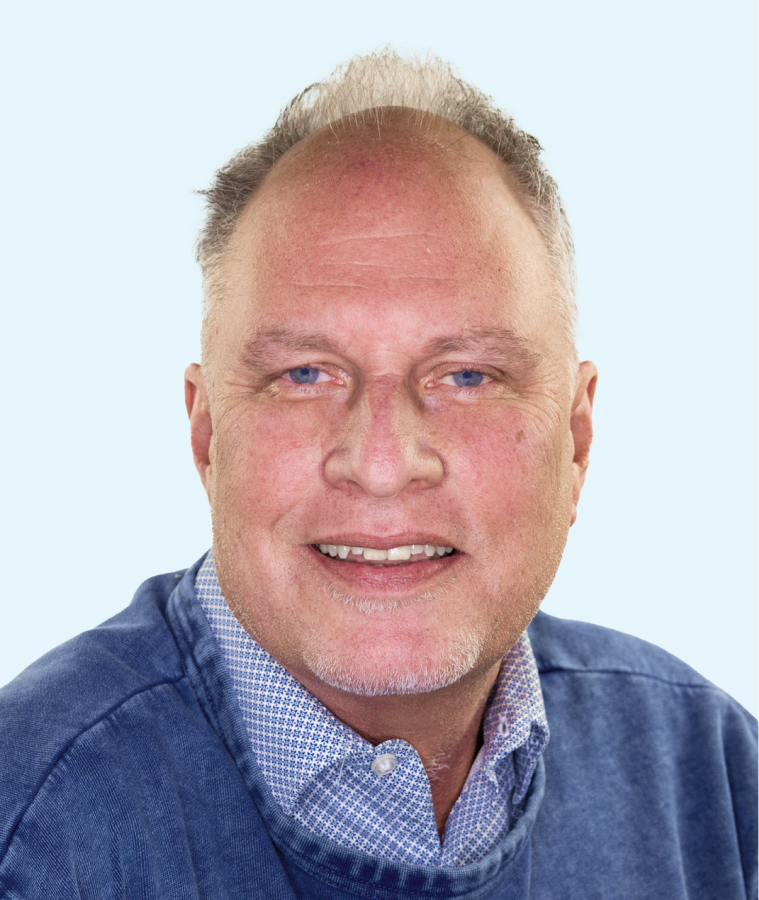Native American youth prepare for jobs that will be in high demand.
As director of the Office of Indigenous Relations at the University of Nevada, Reno, Daphne Emm Hooper is clear-eyed about the economic challenges facing tribal communities. Tribal unemployment in Nevada, she says, runs at 20% or higher. COVID-19 claimed the lives of disproportionate numbers of tribal elders. Poor health plagues far too many tribal members, as do addiction, suicide and other reverberations from the centuries of oppression imposed on Native Americans.
“Our hope lies in the future,” Hooper says, “and a lot of that must come through our youth.”
Hooper, a member of the Walker River Paiute Tribe, is also executive director of the Nevada Native Nations Center, a workforce development clearinghouse newly created through a $51 million federal grant to the Nevada Tech Hub, a clean energy coalition led by a team at UNR. The Native Nations Center was awarded $3.5 million from the federal grant and equal matching funds, according to Fred Steinmann, the Tech Hub’s administrator as director of UNR’s University Center for Economic Development.
“As the clean energy industry expands and grows, we want to make sure that every single tribal community in the state has a meaningful seat at the table,” Steinman says. “And developing career pathways — especially for tribal youth at the high school level and then young adults — has to be one of our top priorities.”
Hooper says a fee waiver for Native American students adopted by the Nevada legislature in 2021 has served to boost tribal attendance at UNR “by leaps and bounds.” The fall semester of 2024, she says, welcomed 220 new native students, up from a total of 90 students in 2022.
“But,” she says, “not everyone is going to take that route, which is why the vocational side we’re pursuing is critical.” One such thrust is the Nevada INBRE Tribal Academy of Health and Science, a program focused on helping high school and higher-ed students through the process of career development in scientific and medical fields. Hooper hopes to see it expanded through the Tech Hubs grant.
“Workforce development,” she says, “is big and broad. And for us, part of the challenge is that there’s this balance between traditional cultures and thought processes and capitalistic views of success. A lot of our people struggle with that because money isn’t the end-all and be-all in our communities, but you need money to exist. We’re here,” she says,” to try to give them the support they need.”
Aerospace and Aviation in the Osage Nation
As a partner in the Tulsa Regional Advanced Mobility (TRAM) Corridor, the Osage Nation of Oklahoma is another beneficiary of new funding flows from Washington. Part of a $38.5 million Build Back Better award to the TRAM Corridor is earmarked for a 2,300-sq.-mile Beyond Visual Line of Sight (BVLoS) test range on Osage tribal lands, anchored by the tribally owned Skyway 36 Droneport. Switzerland-based WindShape, a drone manufacturer that’s building a test facility at Skyway 36, is a formal partner in the Osage PathFinders Development Program, a workforce development initiative aimed at introducing the youth of the Osage Nation to careers in aviation and aerospace.
“The Pathfinders program promises to be a one-of-a-kind STEM education and apprenticeship program backed by university, tribal government and industry sponsors,” said Osage LLC Chairman Galen Crum in an April 2024 announcement. “It will provide a platform for Osage youth to launch into some of the most challenging and financially rewarding carers in advanced aviation.”
Over its planned, three-year phase-in, the PathFinders program will offer manned and unmanned pilot training and certification at Tulsa’s Riverside Flight Center, followed by a STEM curriculum geared toward aerospace and aviation education and capped by apprenticeships at WindShape’s Testing, Inspection, Validation and Certification center at SkyWay 36.
“We are dedicated to nurturing the potential of the Osage Nation youth,” said WindShape CEO Guillame Catry, “equipping them with the skills, knowledge and cultural grounding necessary to lead the next wave of aerospace excellence.”

Photo: Getty Images
Careers in Advanced Manufacturing
A growing number of the 37 Tribal Colleges and Universities (TCUs) are preparing Native American youth for careers in advanced manufacturing.
Salish Kootenai College in Montana offers courses in computer-aided design and other technology-focused programs; Montana’s Little Big Horn College has programs in information systems and technology applicable to advanced manufacturing processes; Oglala Lakota College in South Dakota offers courses in information technology and computer sciences geared toward manufacturing environments; and United Tribes Technical College in North Dakota provides training in welding technology and other manufacturing skills.
In October 2024, Navajo Technical University in Crownpoint, New Mexico, celebrated its recent certification by the Accreditation Board for Engineering and Technology (ABET). Through its Center for Advanced Manufacturing — which offers training in metrology, laser scanning, 3D modeling and additive manufacturing — NTU has established itself as a leader among TCUs in establishing pathways that can lead to lucrative careers. The ABET accreditation ensures that students in the school’s engineering and technology programs acquire the requisite skills for jobs in STEM fields.
In 2021, the American Indian Higher Education Consortium (AIHEC) established an Advanced Manufacturing Technician Program in conjunction with an initial nine TCUs. Funded through a grant from the National Science Foundation, the program delivers training in fields that include materials, mathematics, metrology and engineering technologies.
“Most of the time our younger kids have just never been told they’re worth it, have never had an instructor that believed in them,” says Nicholas Bittner, graduate assistant at Candeska Cikana Community College in Fort Totten, North Dakota, a participant in the program. “When you give them the opportunity to showcase what they can do, they will always surprise you.”

